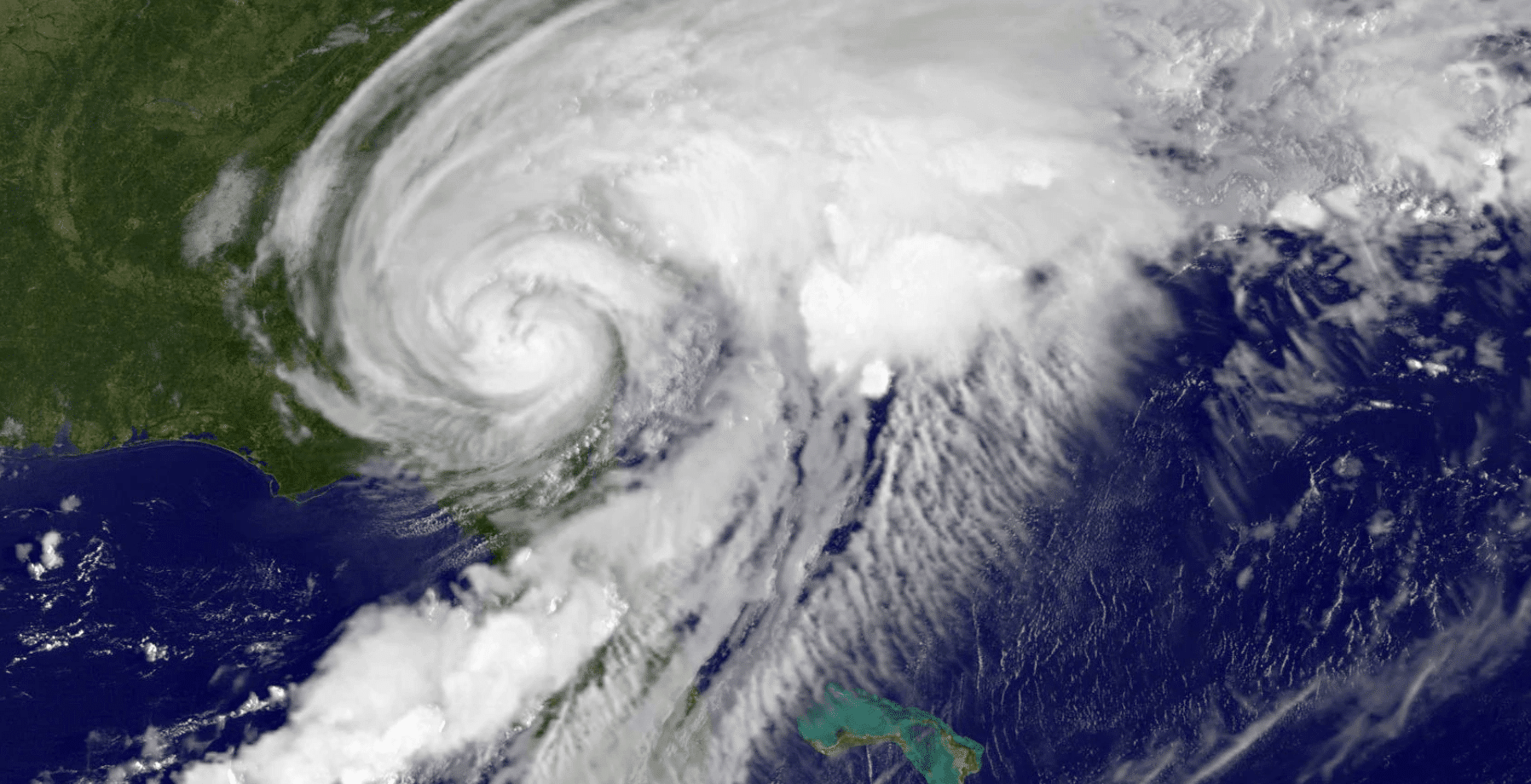The integration of AI technologies has ushered in a new era of accuracy, efficiency, and reliability in predicting atmospheric conditions. Let's delve into the ways in which AI is revolutionizing weather https://climatempo.com/ forecasting and enhancing our ability to anticipate and respond to changing weather patterns.
Harnessing Big Data: The Fuel for AI-driven Insights
Unprecedented Data Processing
AI in weather forecasting thrives on the vast amounts of data generated by weather stations, satellites, and sensors worldwide. These datasets, often referred to as big data, are beyond the scope of traditional forecasting methods to analyze comprehensively. AI algorithms excel in processing this wealth of information swiftly, identifying patterns, and extracting valuable insights.
Real-time Observations and Updates
Unlike conventional forecasting models that rely on periodic updates, AI constantly analyzes real-time observations. This dynamic approach allows for more frequent and accurate predictions, ensuring that forecasts reflect the latest atmospheric conditions. The ability to adapt swiftly to changing circumstances enhances the precision of weather forecasts, benefiting industries, emergency services, and the general public.
Machine Learning Models: Adapting to Complexity
Learning from Historical Data
Machine learning, a subset of AI, empowers weather forecasting models to learn from historical weather data. By analyzing past weather patterns and their outcomes, machine learning algorithms identify correlations and trends that may not be apparent through traditional analysis. This historical context enables more nuanced and accurate predictions of future weather events.
Adaptive Modeling for Localized Accuracy
Traditional forecasting models often struggle with localized accuracy, especially in regions with complex topography. Machine learning models, however, adapt to the specific characteristics of different areas. This adaptability allows for more precise predictions in regions with diverse landscapes, ensuring that weather forecasts cater to the unique conditions of each locality.
Improved Prediction of Extreme Weather Events
Early Warning Systems
AI plays a critical role in enhancing early warning systems for extreme weather events. Machine learning models can identify patterns indicative of severe weather conditions, enabling authorities to issue timely alerts and evacuation orders. This proactive approach minimizes the impact of events like hurricanes, tornadoes, and floods, potentially saving lives and mitigating property damage.
Climate Change Adaptation
As the frequency and intensity of extreme weather events increase due to climate change, AI becomes a crucial tool for adaptation. Machine learning models can analyze evolving climate patterns, providing insights into long-term trends. This information aids policymakers, urban planners, and environmental agencies in developing strategies to cope with the changing climate and reduce vulnerabilities.
Hyper-Local Forecasting: Precision for Every Pinpoint
Fine-tuning Predictions for Specific Locations
AI-driven weather forecasting excels in hyper-local predictions, offering precise forecasts for specific locations. This level of accuracy is particularly beneficial for industries such as agriculture, where localized weather conditions play a crucial role in crop management. Farmers can make informed decisions based on forecasts tailored to their specific fields, optimizing yields and resource use.
Urban Planning and Infrastructure Management
In densely populated urban areas, accurate weather forecasts are essential for effective infrastructure management. AI enables hyper-local forecasting that considers the intricacies of urban microclimates. This information is invaluable for city planners, traffic management systems, and emergency services, ensuring that urban environments can adapt to and thrive in diverse weather conditions.
Advancements in Weather Satellite Technology
Enhanced Data Collection and Imaging
AI has significantly improved the capabilities of weather satellites. Advanced algorithms process vast amounts of satellite imagery, extracting detailed information about cloud cover, precipitation, and atmospheric conditions. This enhanced data collection allows for more accurate and timely predictions, contributing to the overall reliability of weather forecasts.
Increased Spatial and Temporal Resolution
AI-driven improvements in satellite technology have led to increased spatial and temporal resolution in weather data. Higher-resolution imagery enables forecasters to observe and analyze smaller-scale weather phenomena that may have previously gone unnoticed. This heightened level of detail contributes to more accurate predictions and a better understanding of localized weather patterns.
Challenges and Ethical Considerations
Data Bias and Representation
One of the challenges AI faces in weather forecasting is data bias. Historical weather data may carry biases, impacting the learning process of machine learning models. Ensuring diverse and representative datasets is crucial to preventing the perpetuation of biases in AI-driven forecasting systems.
Interpretable AI Models
The complexity of some AI models, particularly deep learning algorithms, raises concerns about interpretability. Understanding how AI arrives at specific predictions is essential for building trust among forecasters, policymakers, and the public. Ongoing efforts to create interpretable AI models in weather forecasting aim to address this challenge.
Conclusion: The Future of Precision Forecasting
As AI continues to evolve, so does its role in revolutionizing weather forecasting. The synergy between big data, machine learning, and advanced satellite technology is propelling us into an era of unparalleled precision in predicting atmospheric conditions. The benefits extend beyond everyday convenience to encompass critical areas such as disaster preparedness, agriculture, and climate change adaptation.
Embracing AI in weather forecasting is not just about predicting rain or sunshine; it's about empowering societies to make informed decisions in the face of evolving weather patterns. As technology advances and ethical considerations are addressed, the future holds the promise of even more accurate, adaptive, and reliable weather forecasts, ensuring that we stay one step ahead of the atmospheric dance that shapes our daily lives.




